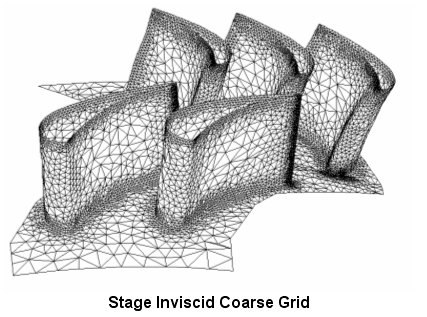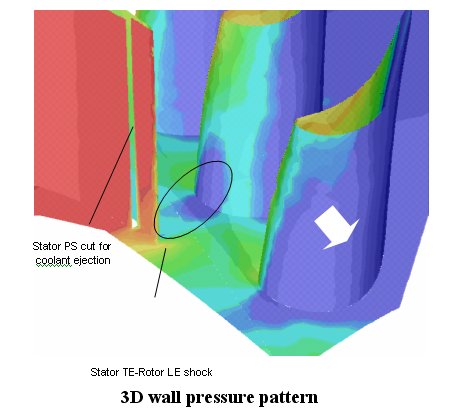|
Plenary
Lecture
Unsteady Flow Simulation In Turbomachinery
A Numerical Challenge

Professor
Francesco Martelli
Energetics Dept. "S. Stecco" - University of
Florence
Firenze - Italy
E-mail:
francesco.martelli@unifi.it
Abstract: The prediction of unsteady flow field in
turbine blades as well as in the turbomachinery stages
is now an affordable item, and is required by the
reduced margin for increasing efficiency, stability and
life of propulsion components. The numerical tools are
now capable to run within reasonable time 3D unsteady
calculation for full stage, and the new techniques on
the computation and parallel computer allow the
improvements of results in terms of cost and accuracy.
Despite this advantages many questions remain open and
the physical modelling joint with the numerical
improvements is still a challenge if it has to produce
usable results ,compared with the experiments. On the
other side the huge amount of data extracted from
experiments require care and skillness to become usefull
tools for design. The two activity interact and support
each other in the attempt to improve design quality.
Aim of this paper is the report on some experience and
the attempt to give some answer on that challenge,
presenting results of an resent activity on modelling
side compared with experiments as well.
A full-3D unstructured solver based on an upwind TVD
finite volume scheme is developed and applied to the
simulation of an unsteady turbine stage. Two different
approaches are considered for the time accurate inviscid
simulation of the unsteady stator/rotor interaction. The
first consists of a classical explicit time accurate
multi-step Runge-Kutta scheme. The second is based on a
dual-time stepping strategy, which exploits the implicit
time-marching Newton-Krylov method. In this case the
linear solver of the implicit scheme consists of a
preconditioned GMRES and ILU(0) incomplete factorisation.
Both the explicit and implicit approaches are designed
to run on parallel cluster of workstations. The
development of the numerical strategy is discussed with
particular concern on the validation of the unsteady
model through a comparison against experiments, NISRE
approach and a 3D steady stage computation.
The present work considers the application of the fully
unstructured hybrid solver for internal viscous flows,
as well. The multiblock version of the solver developed
for turbine is considered, because of the highly
improved performance as compared to the single domain
version of the code. Moreover, the high numerical costs
involved in 3D unsteady computations required the
development of a new parallel single program
multiple-data version of the numerical solver.
The results compare favourably with a set of time
averaged and unsteady experimental data available for
the turbine stage under investigation, which is
representative of a wide class of aero-engines. This
improved version of HybFlow is applied to the simulation
of the BRITE HP turbine stage experimentally tested in
the compression tube facility CT3 of the Von Karman
Institute (Denos et al. 1999, 2000). Preliminary tests
on viscous calculations show a good capability of the
solver to manage complex flow conditions and geometry.
Some example of calculation grids and results are
reported in following figures.


In the
final version of the papers results and comparision on
rotor stator interaction will be reported in more
details, and comments and suggestion on the pen question
will be discussed.
|


